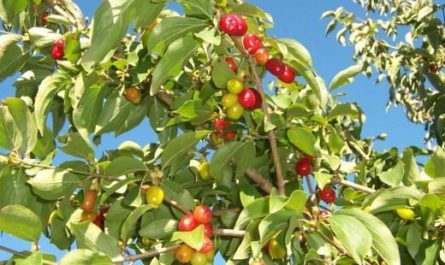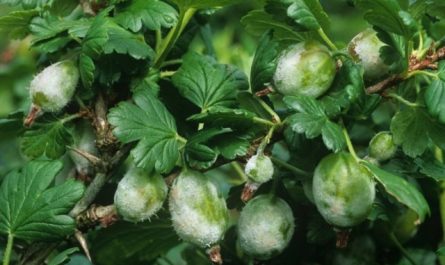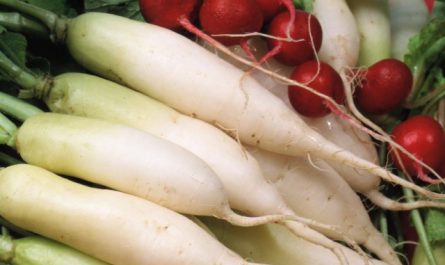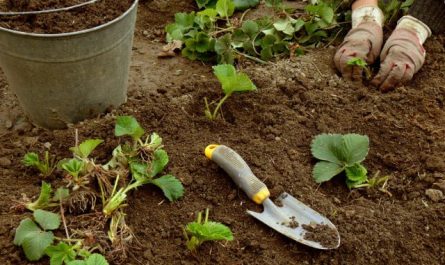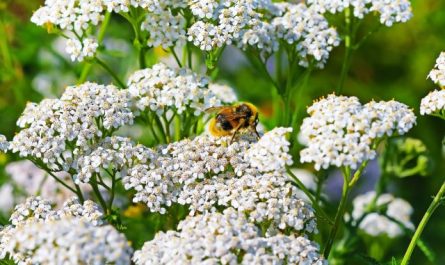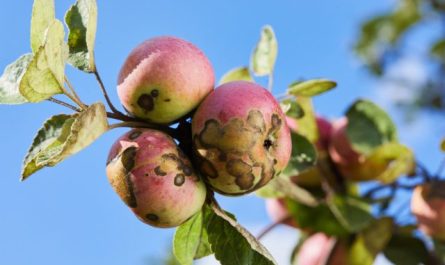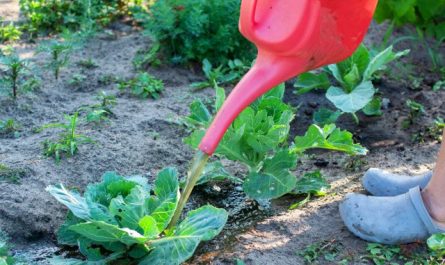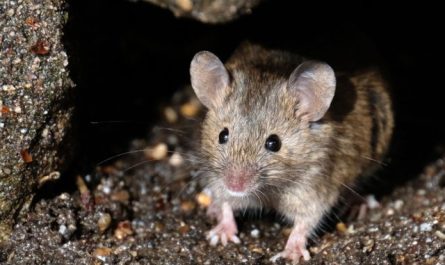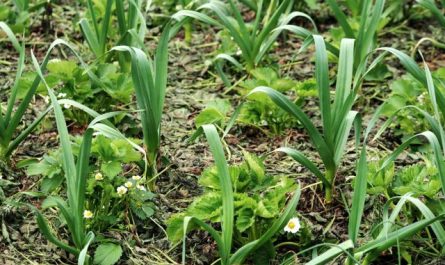The chestnut tree has appeared in our area recently. The chestnut tree has beautiful leaves and unusual fruits. And how beautiful it is in May, it is impossible to take your eyes off the blossoming chestnut. The horse chestnut decorates our cities. And the common chestnut (edible) decorates our tables. Both chestnuts are up to 35 meters high and reach 2 meters in diameter. The fruits of these two chestnuts are also very similar. The fruits are hidden in prickly “boxes”. The fruits of the common chestnut are edible, and the fruits of the horse chestnut are medicinal. The common chestnut grows on the Black Sea coast, the Caucasus, and in the Eastern Mediterranean. This tree is grown not for decorative purposes, not because of its beautiful valuable wood, but because of its edible fruits. The fruits of the common chestnut ripen during October – November. They are light brown in color and have a shiny, thin shell.

© Fir0002
When ripe, their green shell opens into 4 parts, and the nuts fall to the ground. The fruits of the common chestnut are very tasty. They can be eaten raw, boiled, baked, dried, ground into flour. They are nutritious, contain a lot of carbohydrates, starch, fats, nitrogenous substances and vitamins. In places where they grow, chestnut fruits are treated like potatoes or bread. Common chestnut has been known to man since ancient times. It began to be domesticated much earlier than cereal grains. Chestnut fruits were part of the diet of the Greeks. The Greeks grew chestnuts in their Mediterranean and Black Sea colonies for export. The inhabitants of ancient Italy also knew the beneficial properties of wild chestnuts. Ancient authors wrote that chestnut fruits and acorns were the food of the first settlers of Italy. In ancient Rome, chestnuts were eaten by poor people. But even on the tables of the nobility, you could find exquisitely prepared chestnut dishes. In the Middle Ages, chestnuts became the main product of the Italians. The usual food of Corsican shepherds was milk, cheese and chestnuts. In Tuscany, roasted chestnuts are still a must-have dish at the feast of Saints Simon and Jude. Roasted chestnuts are one of the national symbols of France. Since the Middle Ages, you can find braziers with chestnuts on the streets of Paris. And among the common people of Britain, chestnuts were as popular as sunflower seeds in Rus’. Chestnuts were included in all autumn festivals, and there were festivals dedicated only to chestnuts. At autumn harvest festivals, chestnuts were a symbol of wealth, prosperity and happiness. The proverb – to pull chestnuts out of the fire – “to rake in the heat (wealth) with someone else’s hands” is known to Russians, Italians and French. Chestnut is also present in the rituals of Christian holidays that fall in the season of late autumn and early winter.

© Manecke
Horse chestnut grows wild in the mountain deciduous forests of Macedonia, in the Northern Balkans. Horse chestnut in its homeland is considered the sacred tree of Heros, the mysterious Thracian horseman. In the Balkans, horse chestnut is revered and considered a sacred tree. The fruits of horse chestnut are similar to the fruits of the common chestnut. They are used as horse feed, they are used in folk medicine, as they have healing properties. The leaf blade of horse chestnut consists of five to seven long and narrow leaves. In May-June, heavy clusters of white with a pink tint of horse chestnut inflorescences-panicles look beautiful against the background of foliage. This exotic overseas plant appeared in the palace parks of Europe in the 17th century. And in the 19th century, horse chestnut began to be planted on boulevards and streets, in city parks. The chestnut has become a tree of European cities. The horse chestnut is frost-resistant, it has taken root in Russian cities. In southern cities, it is a popular ornamental tree. Horse chestnuts were brought to Kyiv in 1825 from the Balkans and planted not only in the Kiev-Pechersk Lavra, but also throughout the city, residents planted chestnut branches. If you want to visit Kyiv, then choose mid-May. There are chestnuts on every street in this city, in every yard. A waterfall of chestnut flowers decorates Kyiv and pleases residents and guests of the capital with its indescribable beauty.

© Opuntia

